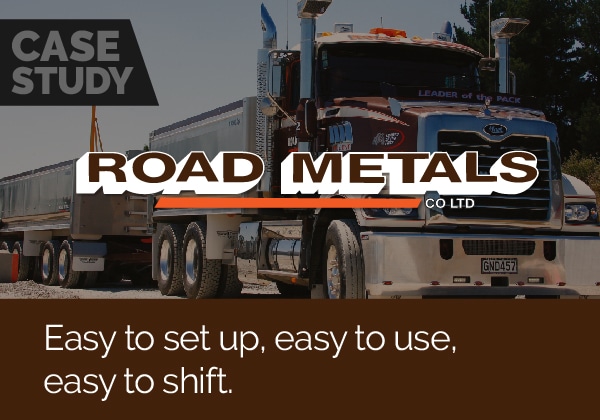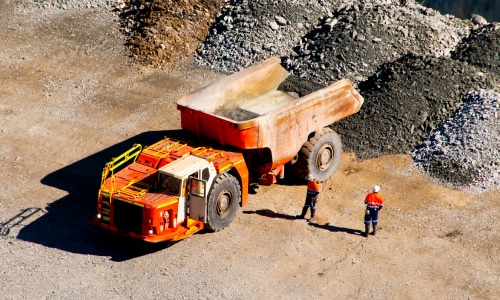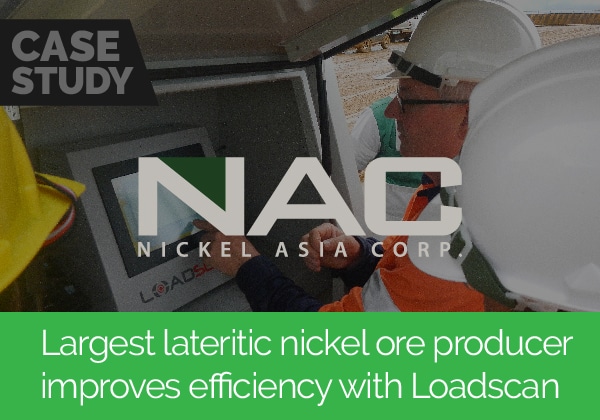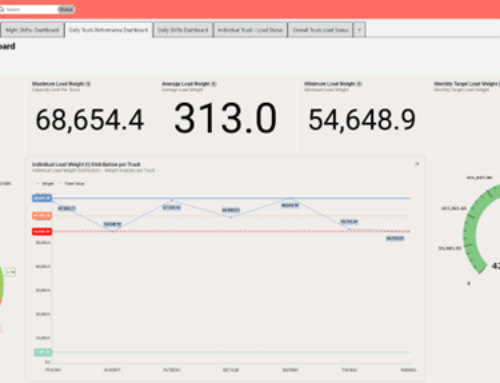Optimizing Mining Operations with Pitram and Loadscan Integration at CSA Cobar The MAC [...]
Houston’s largest sand and clay supplier increases daily efficiency by 8% with load volume scanner
Under loading trucks can be extremely detrimental to the bottom line on any project if it slips by unnoticed. Sprint Sand and Clay, Houston’s leading supplier of fill material, has improved its daily efficiency by up to 8% on large mass hauling jobs thanks to Loadscan’s load volume scanner (LVS).
The load volume scanning system utilises laser scanning and RFID technologies combined with software that creates 3D model images of trucks to measure the exact volume of the material loaded in a truck or trailer bin.
With over 20 active mining locations and a network of over 200 dump trucks and trailers that provide quality sand, topsoil, fill dirt, select fill, mulch and other construction and landscape materials, Sprint Sand and Clay has the resources needed to supply projects of all sizes throughout all five counties surrounding Houston.
Matt Strickland, vice president of Sprint Sand and Clay, explains how volume measurement plays a huge role in their operations as it gives them the information they need in real-time to ensure their operators adjust loading capacities to avoid underloading.
“The Loadscan technology has helped us improve our daily efficiency on larger mass hauling jobs by allowing us to increase our daily production by 5-8%. Loadscan’s ability to ‘ticket’ the truck electronically by passing through the system and reading the RFID tag without the driver having to stop his truck to retrieve a paper ticket each time allows the truck to get 2-3 more loads daily.”
“When paired with the 3D images, it takes the worry out of our minds because we know that each truck has a full load and we are truly maximizing our loading capabilities whilst also saving time. We have roughly 24-27 trucks running daily and the LVS can often scan up to 600 times a day, so if each truck can get 2-3 extra loads each day it impacts our daily production hugely.”
Not only does the scanner increase efficiency it also enables Sprint Sand and Clay to ensure future bids are estimated accurately by forecasting using data gathered by the LVS.
The Loadscan system has the potential to increase transparency with clients to give both parties comfort in knowing the true cubic yard yield of each truck. Loadscan can be used as an educational and quality control tool for internal operations to ensure loading practices are as consistent as possible.
Tyler Cain, Project Manager at Sprint Sand and Clay uses the data gathered from the scanner to maximize efficiency in daily operations.
“The measurement information paired with the electronic ticketing software has made a very positive impact on operational efficiency. The electronic ticketing software gives us truck turn information that allows us to determine the exact amount of trucks we need to allocate to the job each day to maximize our loading capacity without ‘over-trucking’ the job.” Said Cain.
Sprint Sand and Clay are expecting the scanner to pay for itself in a short amount of time, providing them with fast return on investment.
“For us, the clearest return on investment will come from the ability to essentially ‘ticket’ our trucks on mass excavation projects without having to have a ticket writer or dispatcher. We have essentially removed the labour costs of one person from the project.
“There are also additional cost saving that we know exist, but are harder to measure. For example, the RFID tag reader ensures trucks are not ticketed in error and we don’t pay for loads that did not happen. We also know there are cost saving measures that will occur from the ability to ensure trucks are loaded to the proper capacity to ensure we are not overpaying in freight for light loads.”
Sprint Sand and Clay choose to deploy a mobile trailer mounted unit (LVS-3TMM) as it can be easily transport around their 20 sites as necessary. The fully self-contained unit can move locations and be fully setup and operational in as little as 45 minutes.
For more information about load volume scanning (LVS) systems visit www.loadscan.com.
Read more case studies.














































